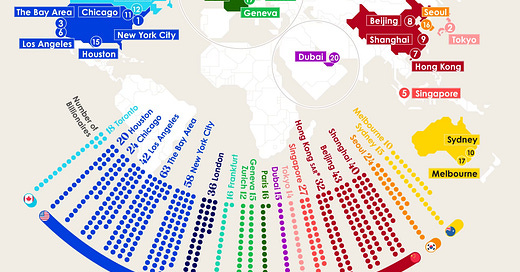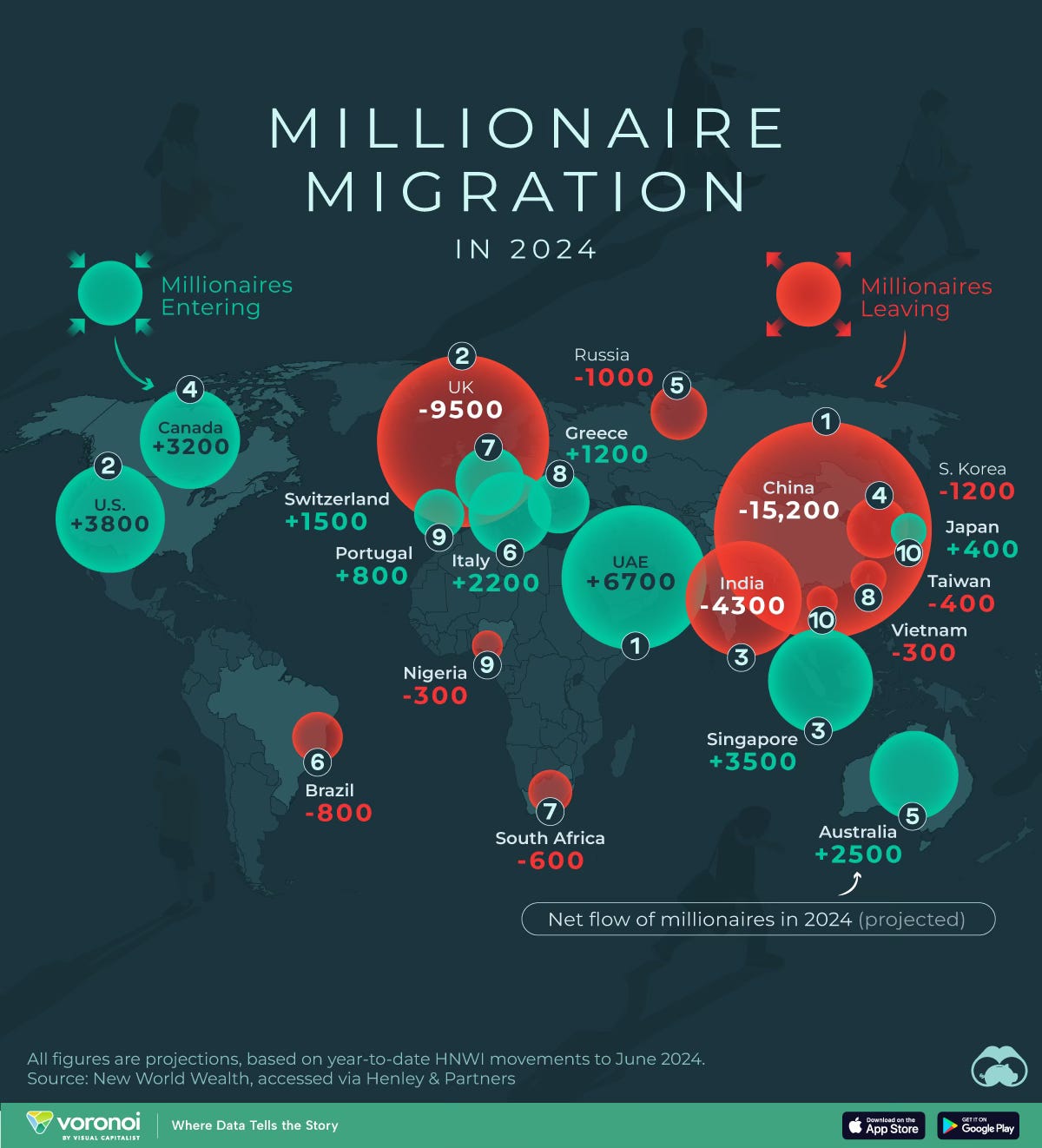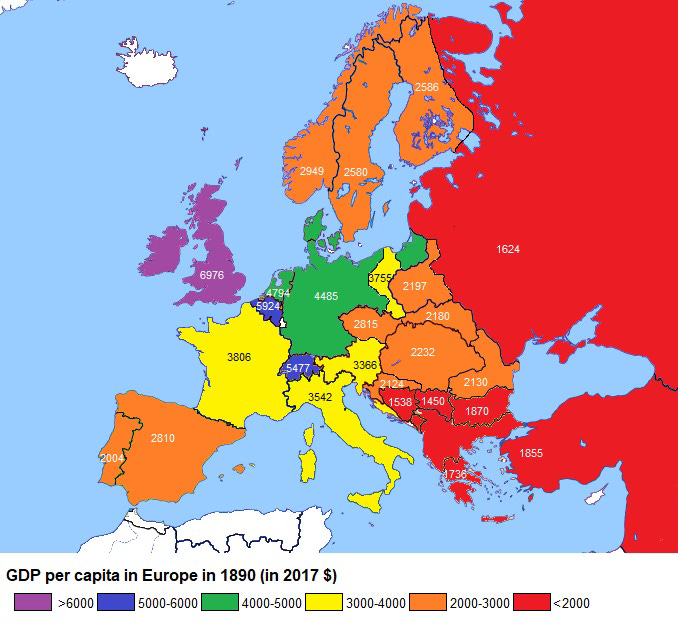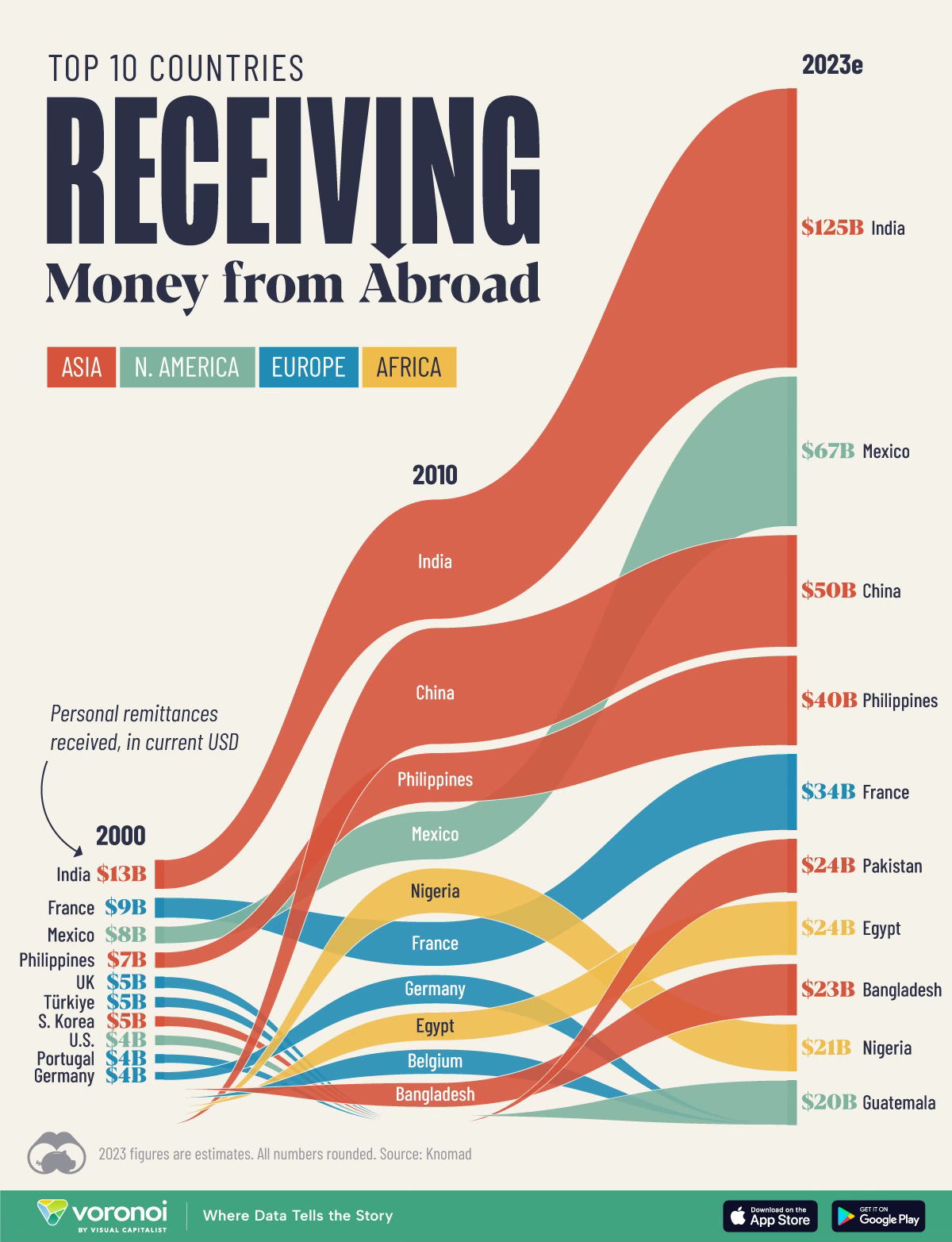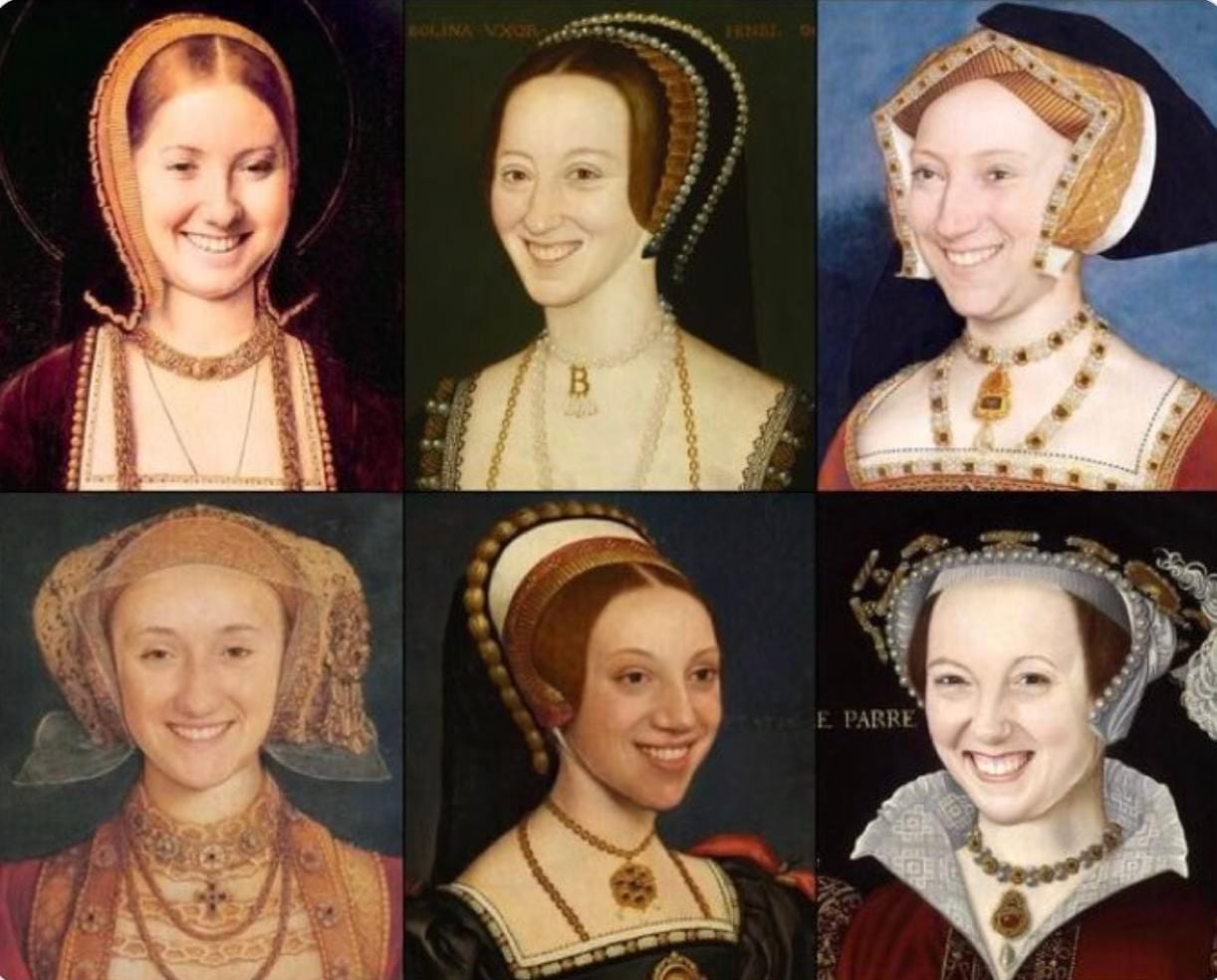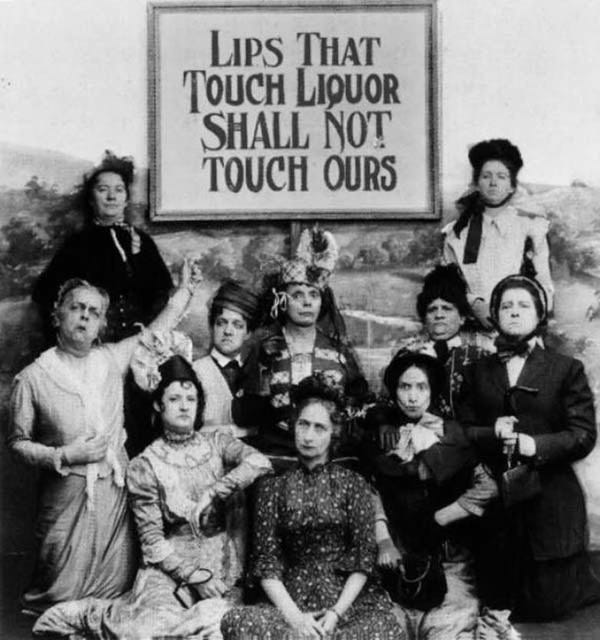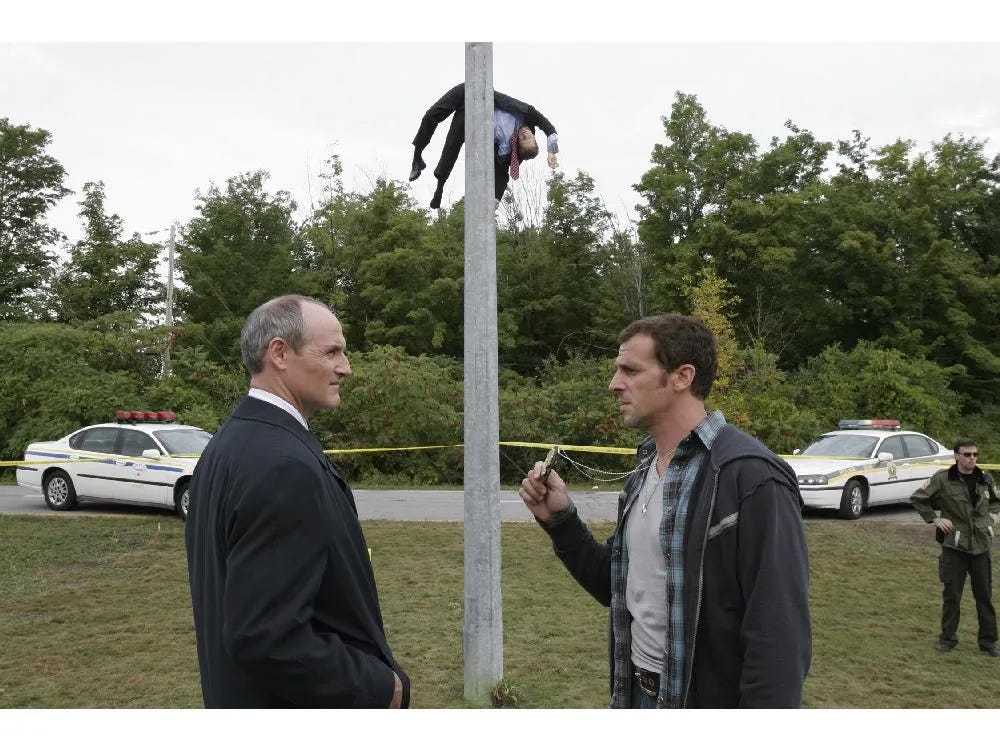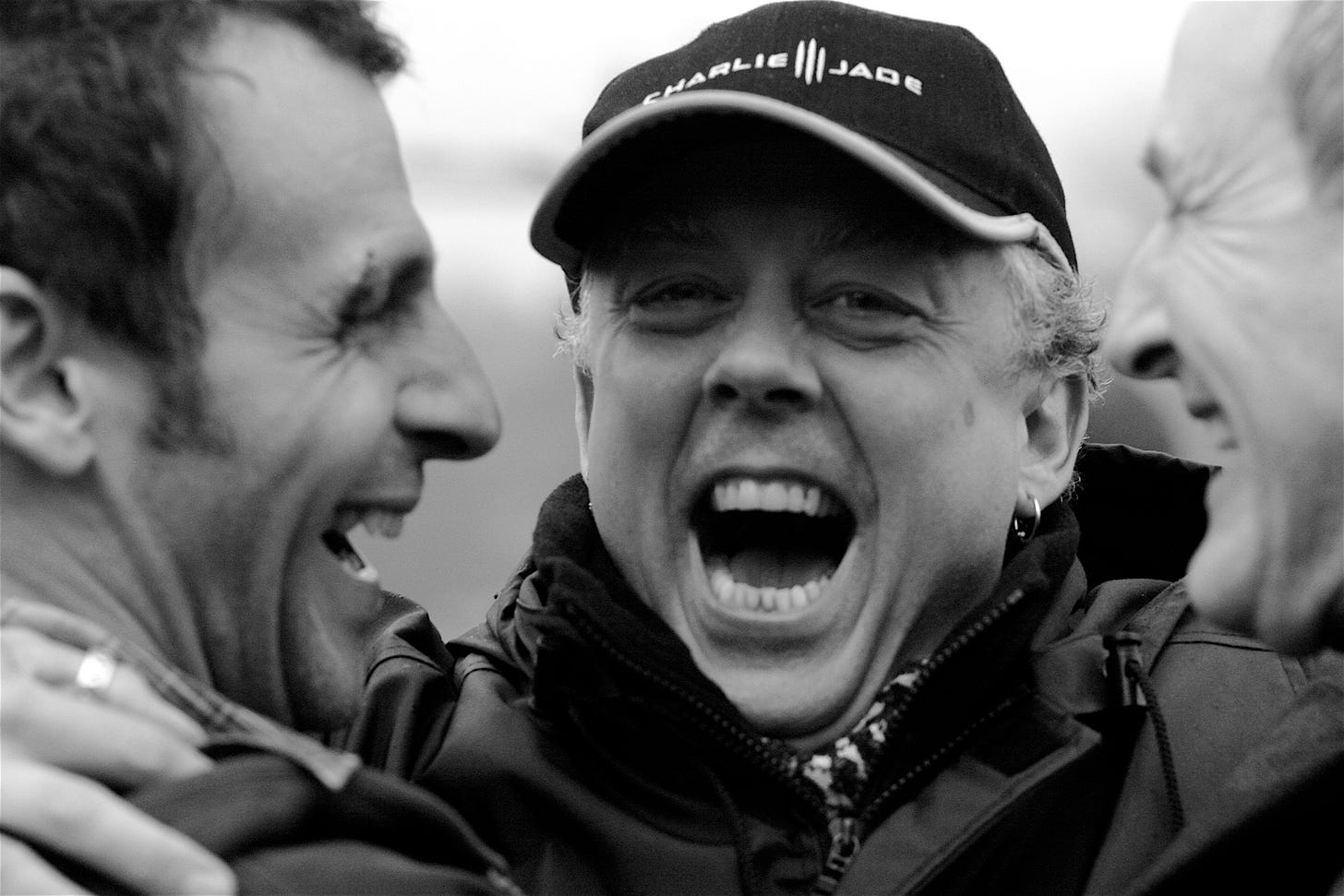Where do you find that odd Material?
When people ask me that I reply I don’t find it, most of the time it finds me. The mighty Internet knows what I am interested in and serves it up all day. Scrolling on my phone I push save to photos when something catches my eye and then pick and choose later. This week there was a lot of odd stuff about rich people.
New York is number one, followed by Tokyo. A lot of millionaires in China for a Communist country. Chairman Mao and Karl Marx must be rolling in their graves. Moscow is not on this list, even though we know that there are lots of Russian billionaires who made their money after the collapse of the Soviet Union. That could be becasue they don’t like to live in Russia; it can be a little dangerous if Putin doensn’t like you. Next stop Siberia or a poke from from an umbrella. Big Oligarch exodus from Russia: see below.
Where the Rich are Abandoning Ship
Ditto in China which saw the biggest number of rich people leaving. Cross the Communist Party and it is a bullet in the back of the head. As you can see from this chart, a lot of people like to go where there is a rule of law. Canadians— including this one— whine about the government hurting investment. But the rich Chinese and Indians are piling in. Same in Australia. The UAE is a warm spot for sanctioned Russians. And laid back places in Europe, Greeces, Italy and Portugal, are popular, and a good choice from my viewpoint.
A huge outflow from Britain. The rules changed for `Non-Doms’ people who could live in London and avoid taxes. And the arrival of a Labour government on July 4 will make things even tougher. South Africa is far too dangerous. A few years ago a friend of mine was brutally murdered at his beach house outside Capetown. A failed state. If there is going to be a war over Taiwan, better leave ahead of time. Surprising that there is an influx of the rich to Japan. The country is said to be unfriendly to foreigners, especially those with tatoos I read last week.
Who Was Rich in Europe in 1890
Twenty-four years before the Great War and Britain was by far the richest country in Europe. Germany was cathcing up fast. If I remember, German steel production passed British steel production around this time. And across the ocean, the United States was richer than them all and so was Argentina.
This map splits the countries that made up the Austro-Hungarian Empire.
Lots of Love. PS: Please Send Money
Perhaps the only surprise for me on this list is France. Who is sending money to France from abroad? Mexico and Guatemala are easy to figure out as a huge number of people migrate from those countries to work in the United States.
Toronto Drops Off Top 10 Livability Index
Easy to see why: Traffic. The city is clogged all day long. and the traffic stops 10 or 20 miles outside the city around long rush hours Highway 401, pictured below, is said to be the widest in North America. Toronto has the 17th worst traffic in the world.
When you add a million people a year to Canada’s population and 15% + of them come to Toronto, sometthing has to give. Incompetent politicans can’t build a crosstown rapid transit line on time or on budget. The board of directors of something called Metrolinx is short on engineers and long on politically connected finance types. Constant urban sprawl means highways are clogged all day long. There is only one toll road across the top of the city so all the commuters who don’t pay Toronto city taxes drive to and through the city for free. Montreal is also a traffic nightmare but its public transit system is much better.
Henry Tudor’s Smiling Wives
The six women always look so serious and dour in their official portaits . Here they are with smiles on.
In Order: Catherine of Aragon, divorced and mother of Queen Mary; Anne Boleyn, beheaded and mother of Queen Elizabeth; Jane Seymour, died of complications from giving birth to King Edward VI; Anne of Cleves, divorced because the portrait by Holbein flattered her looks, which Henry didn’t like. She outlived him; Catherine Howard, beheaded at age 18; Catherine Parr, outlived Henry, her fourth husband.
The ideal of beauty changes, even from decade to decade. I could never figure out why Jean Harlow was thought such a bombshell in the 1930s.
A Difficult Choice
Essay of the Week
This is an obituary of a talented Quebec film director who died far too young. It ran in Saturday’s Globe and Mail.
***
Érik Canuel, who died in Montreal on June 15 at the age of 63, was one of the top movie directors in Quebec, perhaps best known for his successful 2006 film, Bon Cop, Bad Cop, staring Colm Feore, Patrick Huard and others.
“I think we still hold the box office record, for Quebec and Canada,” Mr. Huard said of the film, which brought in more than $12.5-million worldwide. Mr. Huard came up with the idea for the film, wrote the script and insisted on Mr. Canuel to direct it.
The producers worried that Mr. Canuel had only worked on low-budget films and Bon Cop, Bad Cop was going to be made with a much larger budget.
“I told them he’s done miracles with small budgets, think of what he can do with a project that is so much more ambitious,” Mr. Huard said. “Érik also had the sensitivity and the sense of humour to make things work.”
Bon Cop, Bad Cop was a bilingual comedy about two detectives – a francophone and an anglophone –forced to work together. Mr. Canuel was accustomed to working in both French and English. Along with his Quebec-produced films he worked with American networks, directed an early episode of the CTV series Transplant and worked on projects with stars as diverse as David Bowie and Christopher Plummer.
Érik Canuel was born in Montreal on Jan. 21, 1961, the son of two actors: Yvan Canuel and Lucille Papineau. He was familiar with the world of theatre and film from an early age.
“We shared a passion for the craft from childhood onward, since we worked in theatre with our father, and then together in cinema,” his brother Nicolas told La Presse. “At a very young age, he was drawing comics, he already had an eye for framing. His cinematographic language developed very early on. He knew how to make the camera speak. He was always reading books about the technical aspects of cinema and its directors.”
Mr. Canuel made his first short film when he was 20 and worked as a production assistant in advertising films. He decided to hone his skills and studied film production at Concordia University in Montreal.
He started producing music videos for Quebec singers and bands and worked on episodes of the television series The Hunger in the late 1990s, a British-Canadian production, as well as an American made-for-TV movie, and he won a Genie for his short documentary Hemingway: A Portrait in 1999.
Mr. Canuel directed his first feature film, La Loi du Cochon, in 2001. “I’m a big fan of the Coen brothers and I found something of them in this dark universe,” he told Odile Tremblay of Le Devoir. “The script revolves around two women, whereas usually, this type of film tells mostly guys’ stories.”
Writer, actor and director Patrick Huard was impressed by that film and went on to collaborate with Mr. Canuel on three productions, including Nez Rouge (2003) and Bon Cop, Bad Cop.
In Bon Cop, Bad Cop, a body is discovered atop a billboard on the provincial border, with its heart in Quebec and its ass in Ontario, as one character quips.
These unusual circumstances lead to the unlikely pairing of Colm Feore’s uptight anglophone police officer and Patrick Huard’s character, a cool Québécois cop. The dialogue goes back and forth between English and French. An explanation of French-Canadian swear words with their basis in blasphemy is just one comedic highlight.
Mr. Huard said he got the idea for the film after getting laughs telling linguistic jokes at the Genie Awards, and was surprised when the anglophones in the audience laughed as much as the francophones.
At one stage in the film, there is a planned explosion of a car while the two detectives are talking. Mr. Canuel set up three cameras to shoot it. While an American production might be able to afford multiple explosions, there was only one spare car in the Bon Cop, Bad Cop budget.
“I had just come off a Spiderman thing in the U.S. where we had 100 vehicles explode but in Canada, we could afford one and we could only afford to blow it up once,” Mr. Feore said.
“When we finally shot it and Patrick and I were doing our three- or four-page scene, suddenly the thing explodes on Érik’s cue so we just responded, no acting required, and I don’t know if he did this deliberately or not but we carried on and the cameras were still rolling and it exploded again,” said Mr. Feore from his home in Stratford, Ont. “We carried on with the scene because nobody said ‘cut’ which is what you do as an actor. So, at the end of that there are photographs of the three of us embracing with flames in the background and Érik was as pleased as a five-year-old whose paper rocket had blown up on the launch pad exactly as planned and everything had gone according to his direction.”
There were other action shots in the film, including one where Mr. Huard’s character has to jump from a car to a boat in Montreal’s Old Port. It was tricky and dangerous. Mr. Canuel lay on the mattress where Mr. Huard was to land, operating the camera himself.
“In Canada we’re always trying to play it safe. This wasn’t the case with Érik. We did stunts that no one would let us do today,” Mr. Huard said.
Mr. Canuel’s collaborators were impressed by how he took on many different types of projects.
“I produced three films with Érik as the director,” Quebec producer Claude Veillet said. Those films were La loi du Cochon, Nez Rouge and Le Survenant.
“Érik loved exploring different genres,” Mr. Veillet said. “My impression is he was an eternal teenager and he had difficulty with authority.”
He may have had a difficulty with authority but when he was in charge, people found him easy to work with.
“Érik was such a friendly guy, he knew everyone by their name and he really cared about people,” said Brian Baker, former executive director of the Directors Guild of Canada, who worked as lighting director on many of Mr. Canuel’s TV series in Quebec as well as advertising shoots. “I worked with a lot of directors, but this guy had such imagination. He was a real artist and if he had problems with producers, over things like money, he stuck to his guns. He didn’t let people push him around.”
He was truly at home working in both languages, a trait shared by many Quebec directors.
“It’s our reality in Canada that if you want to work you have to do it in French and English,” said Tristan Dubois, the Quebec representative of the Directors Guild of Canada. “Érik was a great director and a great storyteller and when you are good at telling stories, language doesn’t matter anymore. And Érik knew the language of the camera, a deep knowledge of where you put the camera. Along with that he was always reading and researching.”
It impressed his colleagues that Mr. Canuel was not a pushover and would fight for the things he wanted on the films and TV series he was working on.
“It’s very tough to be what Érik was. If you have too much of ego you won’t work. Too soft, a yes man or too polite, you’ll end up as the technical director. Érik had this capacity of saying no, I want my editor and my director of photography. Some producers said no to his demands and Érik stood up and left and when he was at the door they changed their mind and said yes.”
One of the more unusual projects he worked on was with Christopher Plummer.
“After Bon Cop came out and was the success that it was, I got a call from Christopher Plummer who said, “This Érik Canuel fellow, what do you think? I’m looking for somebody to film my Barrymore,” Mr. Feore recalled.
Barrymore was originally a stage play that premiered at the Stratford Festival in 1996, then it had another run at the Winter Garden Theatre in Toronto, and it was not easy to adapt the stage play into a film.
“Érik was the perfect kind of outsider for that job,” Mr. Feore said.
Mr. Canuel was still in demand as a director, but he had to turn down work because of a debilitating cancer he had for the past seven years. He leaves his partner, Julie Castan; and children, Elodie, L’ami.e and Justine; brother, Nicolas; mother, Lucille; and extended family.

